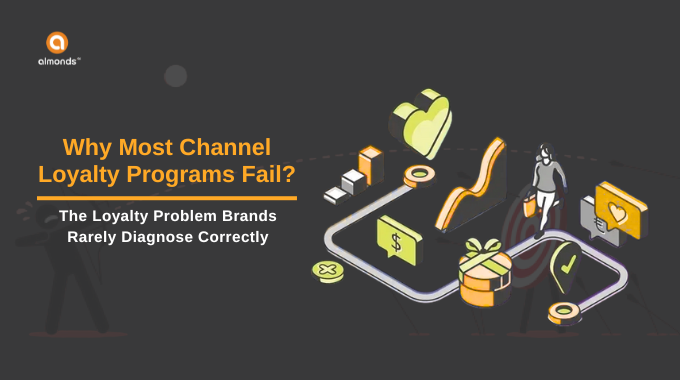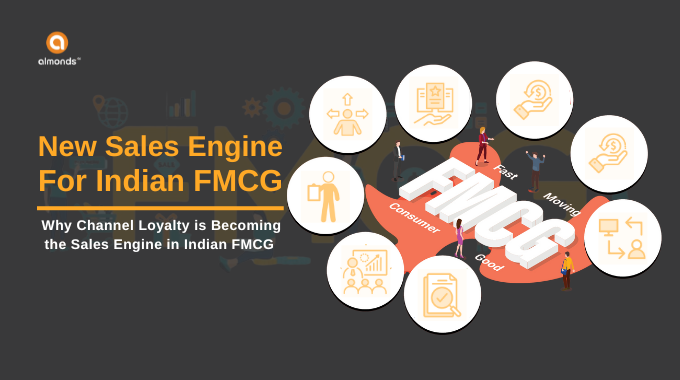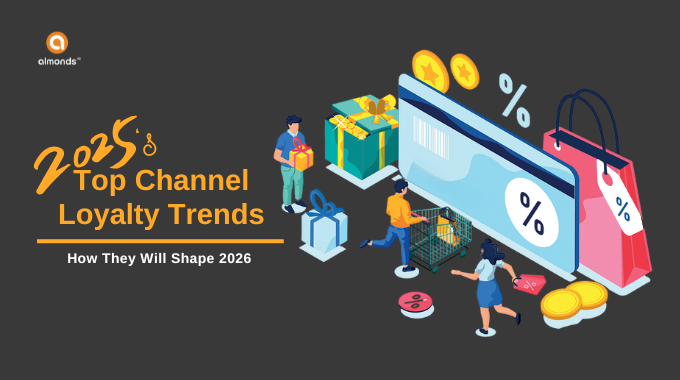In India’s competitive market, effective customer loyalty programs are essential for retaining customers and driving long-term growth. Customer loyalty is the key factor that increases revenue and enhances brand value. Check out how Loyalty boosts business growth.

Here’s an in-depth look at nine types of customer loyalty programs, along with practical examples and statistics to illustrate their impact.
Points-Based Loyalty Program
Points-based loyalty programs are a popular choice for many brands. Customers earn points for each purchase, which can be redeemed for discounts, products, or other benefits. This approach encourages repeat business and enhances customer engagement.
For example, a leading Indian retail chain adopted a points-based system that rewarded customers with points for every transaction. These points could be redeemed for future discounts or special products. This program led to a 20% increase in store visits and repeat purchases. According to Nielsen India, 58% of Indian consumers are more inclined to shop with brands offering a points-based loyalty program, demonstrating its effectiveness in customer retention.
Tiered Loyalty Program
Tiered loyalty programs offer different levels of rewards based on customer spending or engagement. Higher tiers provide more valuable benefits, motivating customers to spend more to reach the next level.
An online fashion retailer in India implemented a tiered loyalty program where customers could progress through various levels, unlocking better rewards such as exclusive discounts and early access to sales. This strategy resulted in a 15% increase in average order value and fostered greater customer loyalty. Statista reports that tiered programs can boost customer lifetime value by up to 30%, highlighting their effectiveness in driving higher spending and long-term engagement.
Paid Membership Loyalty Program
Paid membership programs require customers to pay a fee to access premium benefits like exclusive discounts, faster shipping, or early product access.
An Indian e-commerce platform introduced a paid membership that offered perks such as free shipping and special deals. The initiative increased the average spend per member by 25%, demonstrating the appeal of premium memberships. Statista indicates that 70% of Indian consumers are willing to pay for memberships that provide tangible benefits, reflecting the value customers place on exclusive services.
Also Read: How Well-Designed Loyalty Programs Drive Word-of-Mouth Recommendations in India
Cashback Loyalty Program
Cashback programs provide customers with a percentage of their purchase amount back, which can be used for future purchases or withdrawn. This straightforward approach appeals to many customers by offering immediate rewards.
A leading mobile wallet service in India launched a cashback program that returned a percentage of transactions as credit. This initiative not only increased wallet usage but also enhanced customer engagement, particularly among younger demographics. According to Economic Times, 45% of Indian consumers find cashback programs highly appealing, emphasizing their effectiveness in driving customer loyalty.
Also Read: Boosting Channel Loyalty: The Role of Loyalty Programs Across Industries
Punch Card Loyalty Program
Punch card programs reward customers for frequent purchases or visits by offering a free product or service after a set number of transactions.
A local coffee shop chain in India used a punch card system where customers received a free beverage after ten purchases. This simple program led to an 18% increase in visit frequency, as customers were motivated to return to complete their punch cards. HubSpot reports that punch card loyalty programs can boost purchase frequency by up to 20%, demonstrating their impact on customer behavior. Here is a punch card Loyalty program for a food and beverage rand.

Referral Loyalty Program
Referral programs incentivize customers to bring in new customers by offering rewards for successful referrals.
An Indian fintech startup implemented a referral program that rewarded users with bonuses for each new customer they referred. This strategy led to a 40% increase in new sign-ups, effectively leveraging existing customers to help grow the user base. Nielsen reports that referral programs can drive customer acquisition by 25%, highlighting their role in expanding customer networks.







